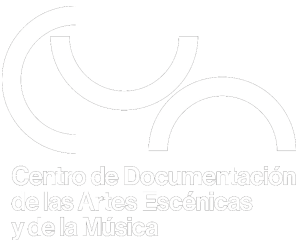Notation as a transformative technology: orality, literacy and early modern instrumentalists/ Lynette Bowring
Tipo de material: ArtículoDetalles de publicación: London; Oxford: Oxford University Press, 2019Descripción: páginasTipo de contenido:
ArtículoDetalles de publicación: London; Oxford: Oxford University Press, 2019Descripción: páginasTipo de contenido: - Texto (visual)
- sin mediación
Learning to read and write music can be a transformative experience, opening up new avenues for performance and composition, and inviting the use of different creative processes. For many professional ensemble instrumentalists, particularly those who played wind and bowed-stringef instruments, a transition from traditional oral practices to widespread reading and writing of notation happened only gradually, with some oral practices persisting into the 16th century. By the early Baroque period, some benefits of literacy were being felt by these instrumentalists, since they could write down their music in precise notation and have it published for wider dissemination. In this article the author argues that this growth in musical literacy, and the text-based pedagogical methods of a literate age, had a considerable impact upon the idiomatic instrumental music of the stile moderno. New notations of previously oral traditions produced a more methodical understanding of improvisatory and ornamental idioms, and the creation of compositions using writing encouraged the detailed notation of an idiomatic instrumental style. Drawing on research into orality and literacy in language, the author assesses musical literacy as a tool that shaped the creative acts of instrumentalists and helped them to develop new compositional identities.
No hay comentarios en este titulo.

